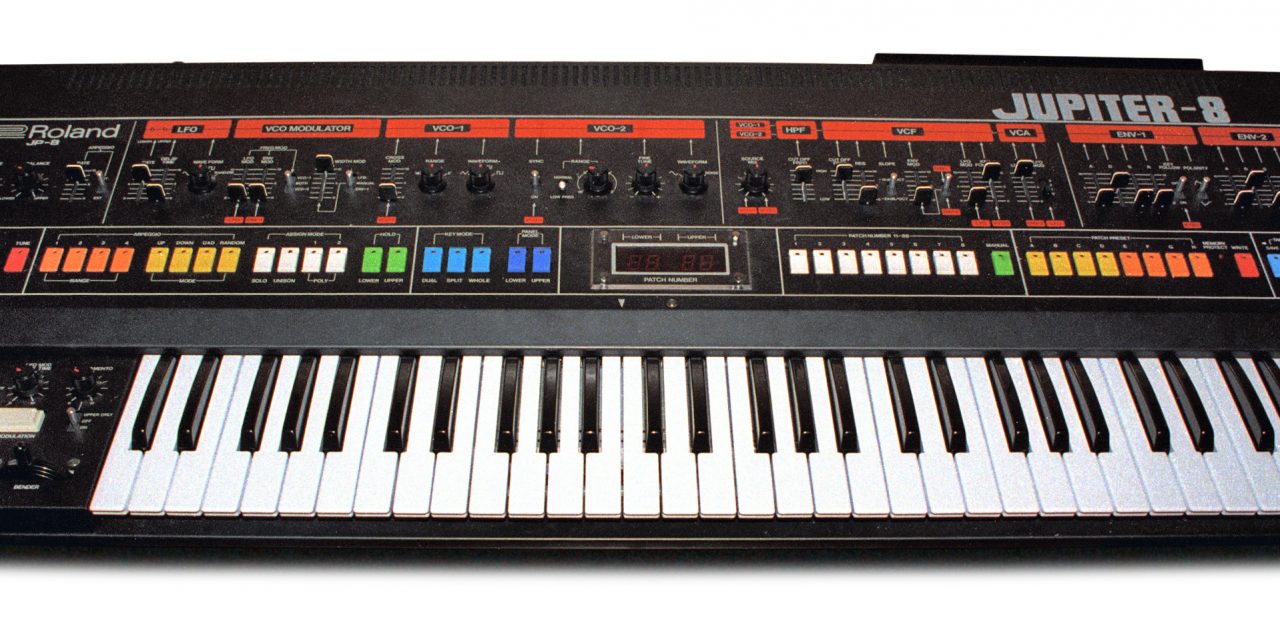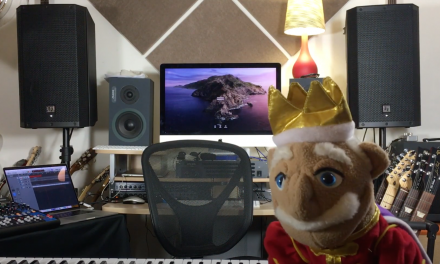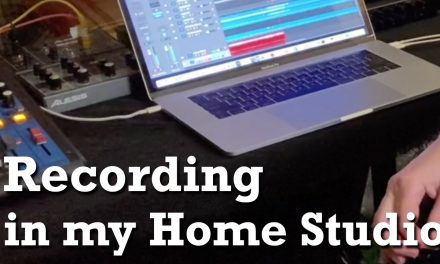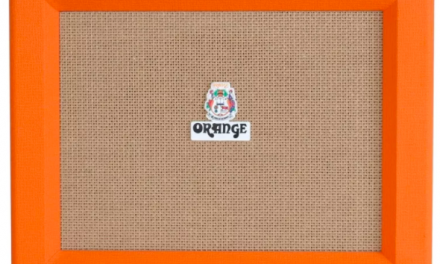To oversimplify the history of the synthesizer, the world was first turned onto synths when Walter Carlos (later to become Wendy Carlos) released “Switched On Bach” in 1968. The album had a widespread impact and led to 70s rock bands such as Genesis and Emerson, Lake, and Palmer using synths prominently. Early synths were monophonic (one note at a time) but some had dual oscillators so you could tune a note to play a first and a fifth (so, say, a C and a G.)
And then came the Arp String Ensemble and a bunch of other keyboards that were polyphonic, and the world would never be the same. In a bad way. Cheesy strings and horns, mostly. So a lot of keyboard players in the 70s used mono synths for solos and organs or electric pianos like a Rhodes for chord work. The Cars first album is a great example of this.
The 80s brought fm synthesis (DX 7) and digital sampling (tons of keyboards), and we were subjected to tons of bell sounds and over the top fake brass sounds. And bad imitations of the Rhodes (DX 7). It also gave us some very good sounding analog polyphonic keyboards. But a lot of the 80s stuff sounds comical today.
The 90s brought some relief from all the over the top 80s synths. Lots of guitar-based music did really well. People were selling their old synths for next to nothing. But synths weren’t done. Far from it.
The era from 2000 until now (2019) has seen the rise of Electronic Dance Music (EDM) and also the rise of rap as pop music. Both styles use synths heavily. The old analog synths are now pricey collectables, and there are tons and tons and tons of new analog synths on the market, some even including patch cables, just like Walter (Wendy) Carlos used back in 68. What’s old is new again.
Almost. Because what’s interesting is that the cheesy huge synth brass sounds of the 80s never really came back (thankfully.) And from the 60s to the present of 2019, one electric keyboard sound has stuck around and never gone away – the Fender Rhodes. Not the literal Rhodes, which weighs 120 pounds and is mechanical, but all of the countless imitations. Most of them are excellent. The other keyboard sound that has never gone out of style is the piano, or rather sample-based pianos. Again, most of them are excellent.
But EDM is dominated by analog (sounding) synths, and I think the reason for that is that analog synths do their own thing – they convert electricity into sound, and there’s just something about them that sounds really cool. In the 70s, keyboardists tried to make analog synths sound more like real instruments, but once FM and sampling came along, they took over the “make it sound real” role. And now we have samplers imitating analog synths. We’ve come full circle.
One last comment. In the world of guitar, we have digital simulations of real amps. At the top of the food chain is the Kemper, and in my opinion you can’t tell a real amp from a Kemper in a recording. The same is true of computer-based synths – in a mix, you’re not going to be able to tell the difference between the synth in Logic and a real MiniMoog – computer synths are that damn good. Another plug for Logic Pro X – it has almost every type of keyboard sound you could possibly want, unless you’re into EMD, in which case you’ll need some more specialty stuff. Maybe. You could certainly get any sound you want out of the Logic synth collection IF you know how to program synths.
Background – my first keyboard was a Fender Rhodes (a real one.) After that came a Yamaha DX27 and a TX81Z, then a Yamaha SY22. Then I moved to MIDI controllers and using Logic Pro as my synth collection, and nowadays I use a Casio CDP-100 as my keyboard controller. And for live gigs, the CDP-100 has a good piano sound and a good Rhodes sound. I studied electronic music and analog synthesis at college, and was fortunate enough to work on a huge Moog console that was 6 feet wide and 6 feet tall. Patch cables and everything. It was glorious. But nowadays it’s all Logic, except for a few Waves plugins I’ve added in.





